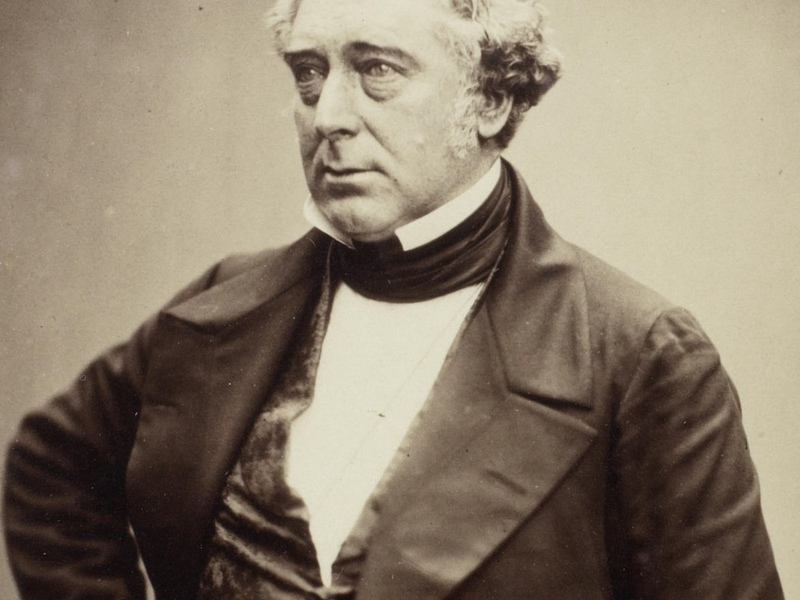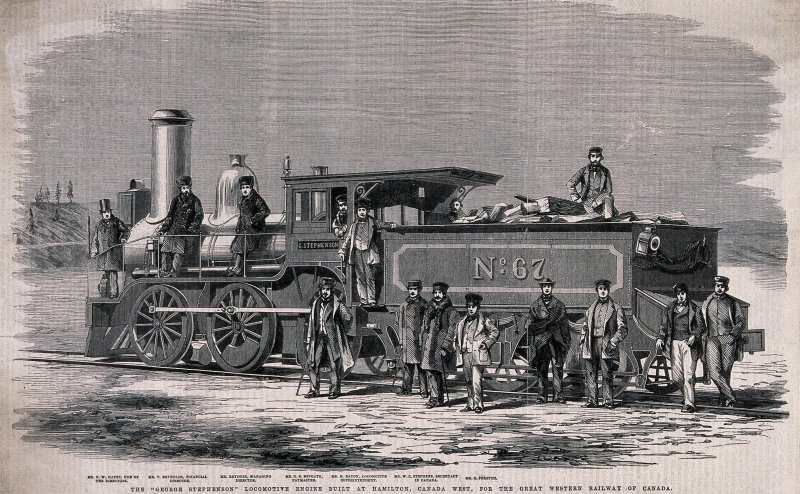George Stephenson
As one of the major inventors of the Industrial Revolution, George Stephenson was a mechanical and civil engineer from England. Stephenson, known as the "Father of Railways," was admired by Victorians for his perseverance and desire for advancement. Samuel Smiles, a proponent of self-help, highlighted his accomplishments. The 1.435 m standard gauge used by the majority of the world's railways is based on the rail size he picked, sometimes referred to as "Stephenson gauge".
One of the most significant technological advancements of the 19th century and a crucial element of the Industrial Revolution was rail transportation, which was invented by Stephenson. Locomotion No. 1 was the first steam locomotive to haul passengers on a public rail line, the Stockton and Darlington Railway, in 1825. It was built by George and his son Robert's business, Robert Stephenson and Company. The Liverpool and Manchester Railway, the first public intercity railroad in history to employ locomotives, was also constructed by George and inaugurated in 1830.
In 1814, George Stephenson created his first locomotive, dubbed Blücher after the Prussian general Gebhard Leberecht von Blücher, which was intended to move coal on the Killingworth wagonway. The locomotive was the first successful flanged-wheel adhesion locomotive; its propulsion depended on contact between its flanged wheels and the rail. It could move 30 tons of coal up a slope at a speed of 4 mph (6.4 km/h).
Iron edge rails were in their infancy, with cast iron exhibiting severe brittleness, and the new engines were too powerful to run on timber rails or plate-ways. In order to decrease breakage, Stephenson and William Losh refined the design of cast-iron edge rails; for a brief period, Losh, Wilson, and Bell produced the rails at their Walker ironworks. Rolt claims that Stephenson was able to find a solution to the issue brought on by the engine's weight on the rudimentary rails. He tried utilizing a steam spring, but soon adopted the method of "distributing" weight by employing a series of wheels or bogies. Despite the financial cost he experienced from not employing his own patented design, Stephenson chose to use wrought-iron flexible rails for the Stockton and Darlington Railway.
Born: 9 June 1781 (Wylam, Northumberland, England)
Died: 12 August 1848 (Tapton House, Chesterfield, Derbyshire, England)












